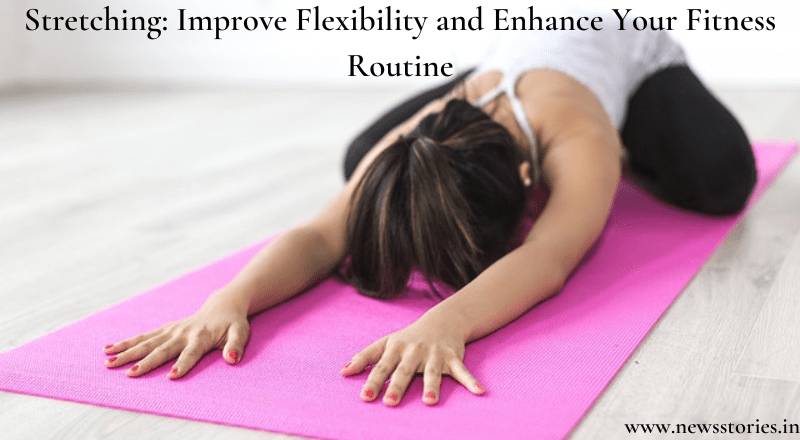Stretching: Improve Flexibility and Enhance Your Fitness Routine
Introduction
Every fitness routine should include stretching. Whether you’re an athlete, a fitness enthusiast, or someone looking to improve flexibility. Incorporating stretching exercises into your daily regimen can provide numerous benefits.
From increasing range of motion and preventing injuries to reducing muscle tension and promoting relaxation. Stretching plays a crucial role in maintaining overall physical well-being. In this article, we will explore various stretching techniques, their benefits, and how you can incorporate them into your fitness routine.
Table of Contents
Why is Stretching Important?
Different Types of Stretching
Static Stretching
Dynamic Stretching
PNF Stretching
Benefits of Stretching
Improved Flexibility
Reduced Risk of Injuries
Enhanced Athletic Performance
Increased Blood Circulation
Stress Relief
How to Stretch Safely
Warm-Up Before Stretching
Listen to Your Body
Avoid Bouncing
Breathe and Relax
Gradually Increase Intensity
Why is Stretching Important?

This plays a vital role in maintaining and improving our physical health. By performing this exercises regularly, you can enhance your flexibility, increase range of motion, and improve muscle coordination.
Additionally, it helps to alleviate muscle tightness, reduce the risk of injuries, and prepare your body for physical activities. Incorporating exercise into your fitness routine can significantly contribute to your overall well-being.
Different Types of Stretching
There are various stretching techniques you can incorporate into your routine, depending on your fitness goals and personal preferences. Let’s explore some common types of Workout.
Static Stretching
Static Functions involves holding a stretch for an extended period, typically around 15-30 seconds. It helps lengthen muscles and improve flexibility by gradually increasing the range of motion. Static stretches are often performed at the end of a workout or during a cool-down routine.
Dynamic Stretching
Dynamic stretching involves moving through a full range of motion, mimicking the movements of the activity you’re about to perform. Unlike static exercise, dynamic stretches are performed in a controlled and fluid manner, activating the muscles and preparing them for action. Dynamic Workout is commonly used as part of a warm-up routine.
Also Read : https://newsstories.in/functional-training-unlocking-your-full-potential/
PNF Stretching
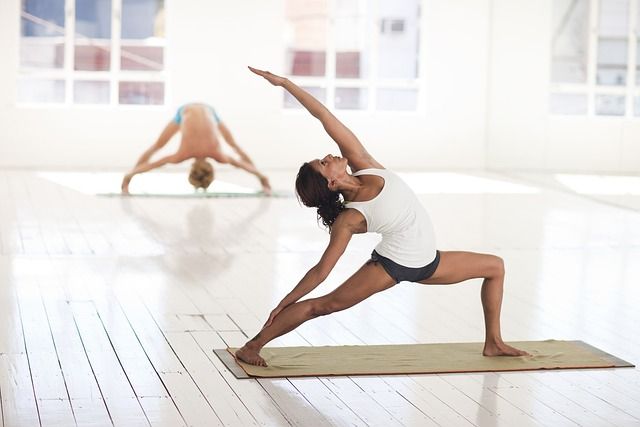
PNF (Proprioceptive Neuromuscular Facilitation) This is a technique that combines static workout and muscle contraction. It involves this workout a muscle, then contracting it against resistance for a brief period, followed by another stretch. PNF exercise is often performed with a partner or using a resistance band.
Benefits of Stretching
Incorporating workout into your fitness routine offers numerous benefits for both your physical and mental well-being. Let’s take a closer look at some of the advantages. Let’s examine some of the benefits in more detail.
Improved Flexibility
This regularly improves flexibility by increasing the length of your muscles and tendons. This increased range of motion enables you to move more freely and perform activities with ease.
Reduced Risk of Injuries
This helps improve muscle elasticity, making them more resilient to stress and less prone to injuries. Additionally, it encourages good alignment and balance, which lowers the likelihood of muscular imbalances, sprains, and strains.
Enhanced Athletic Performance
By increasing flexibility and range of motion, this can improve your athletic performance. It allows for greater movement efficiency, enabling you to generate more power. Achieve better body control, and enhance your overall athletic abilities.
Increased Blood Circulation
This stimulates blood flow to the muscles, enhancing nutrient and oxygen delivery. This increased circulation helps in reducing muscle soreness and promoting faster recovery after workouts.
Stress Relief
This exercises promote relaxation and can help relieve stress. By focusing on your breath and the sensations in your body during exercise. You can experience a sense of calm and release tension.
How to Stretch Safely
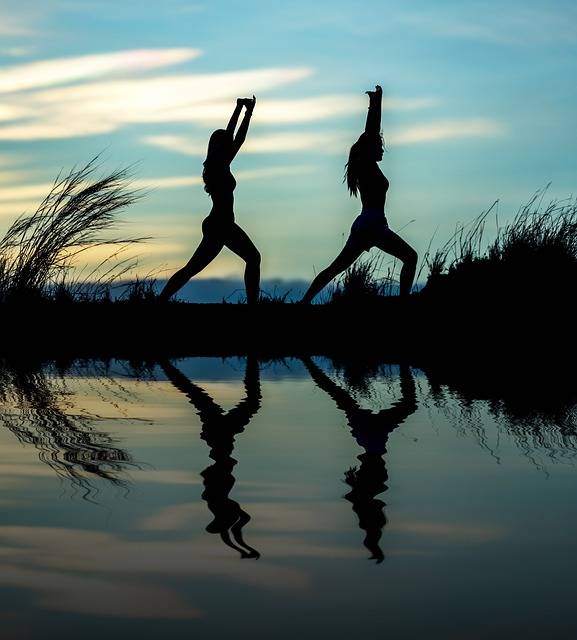
To maximize the benefits of workout and avoid potential injuries. It’s essential to follow some safety guidelines. Here are some pointers for safely exercise
Warm-Up Before Stretching
Always warm up your body with light aerobic exercises before workout. This increases blood flow to the muscles and prepares them for the workout routine.
Listen to Your Body
Pay attention to your body’s signals and avoid fitness beyond your limits. Stretch until only tension, not pain, remains. Overextending oneself can result in harm.
Avoid Bouncing
Avoid bouncing or jerking movements during exercise, as it can strain your muscles and cause injury. Instead, perform smooth and controlled movements.
Breathe and Relax
Remember to breathe deeply and relax while doing this Exercise. Deep breathing can help relax your muscles and enhance the effectiveness of the stretch.
Gradually Increase Intensity
This should be done slowly at first, building up in intensity and duration as you go. This allows your body to adapt and prevents overstretching.
Frequently Asked Questions
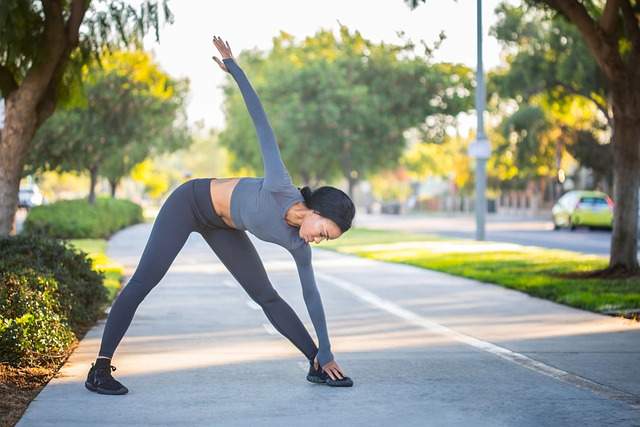
Q: When is the best time to stretch?
A: This can be done at any time, but it’s beneficial to stretch after a workout when your muscles are warm and more pliable.
Q: Can stretching help with back pain?
A: Yes, this can alleviate back pain by releasing tension in the muscles and improving spinal flexibility.
Q: How long should I hold a stretch?
A: It’s recommended to hold each stretch for 15-30 seconds, gradually increasing the duration as your flexibility improves.
Q: Should I stretch before or after cardio exercises?
A: It’s generally better to warm up with light cardio exercises before workout and save intense workout for after your cardio workout.
Q: Can stretching improve posture?
A: Yes, regular workout can help lengthen tight muscles, which can improve posture and reduce muscle imbalances.
Q: Are there any stretching exercises I can do at my desk?
A: Absolutely! Desk stretches like neck rolls, shoulder shrugs, and seated twists can help alleviate muscle tension caused by prolonged sitting.
Conclusion
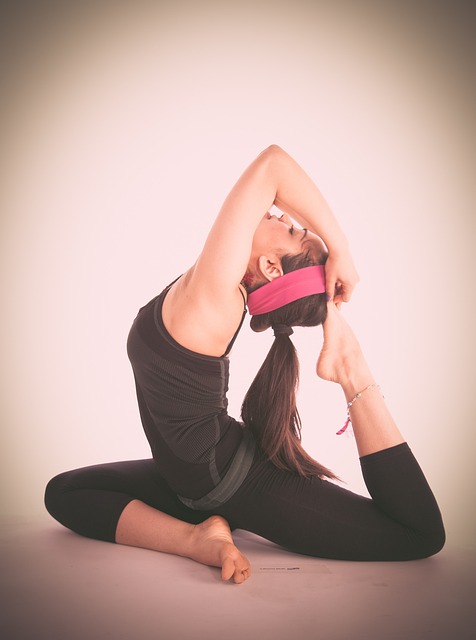
Incorporating stretching exercises into your fitness routine is crucial for enhancing flexibility. Reducing the risk of injuries, and improving overall physical well-being.
By following proper stretching techniques, listening to your body, and gradually increasing the intensity, you can unlock the numerous benefits that stretching offers.
So, make stretching a regular part of your fitness regimen and experience the positive effects it can have on your body and mind.
<< Previous Post
>> Next Post
https://newsstories.in/personal-trainer-transforming-lives-through-fitness/

